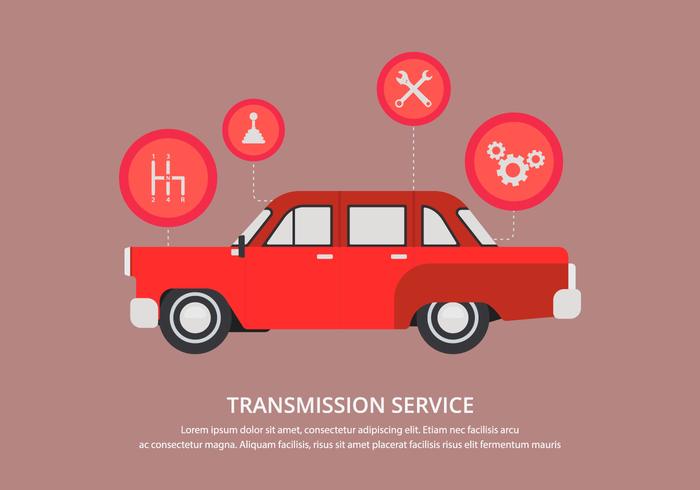Comprehending The Value Of Your Auto'S Warning Signals: What They Really Represent
Comprehending The Value Of Your Auto'S Warning Signals: What They Really Represent
Blog Article
Posted By-Termansen Gilbert
When you lag the wheel, those beautiful caution lights on your control panel can be a bit perplexing. Do you know what they're attempting to tell you about your vehicle's health? Understanding the significance of these lights is crucial for your security and the long life of your vehicle. So, the next time one of those lights pops up, would not you want to understand its message properly and take the required steps to resolve it?
Common Warning Lighting and Interpretations
Identify common warning lights in your cars and truck and comprehend their meanings to ensure risk-free driving.
One of the most normal warning lights consist of the check engine light, which indicates concerns with the engine or exhausts system. If this light comes on, it's crucial to have your automobile inspected without delay.
The oil stress alerting light indicates low oil pressure, needing prompt focus to prevent engine damages.
A flashing battery light may suggest a damaged charging system, potentially leaving you stranded if not resolved.
go source (TPMS) light notifies you to low tire pressure, impacting car stability and fuel performance. Neglecting this might result in risky driving problems.
The abdominal muscle light indicates an issue with the anti-lock braking system, compromising your ability to quit rapidly in emergency situations.
Last but not least, the coolant temperature alerting light warns of engine getting too hot, which can lead to serious damage if not resolved swiftly.
Comprehending these common caution lights will certainly aid you deal with problems quickly and keep safe driving conditions.
Importance of Prompt Focus
Understanding the typical caution lights in your vehicle is only the initial step; the importance of promptly dealing with these warnings can not be highlighted sufficient to guarantee your safety and security on the road.
When a caution light brightens on your dashboard, it's your cars and truck's way of interacting a potential problem that requires interest. Overlooking https://www.carandbike.com/news/tips-and-tricks-to-make-your-regular-car-off-road-ready-3022078 can result in extra extreme troubles later on, compromising your security and possibly costing you a lot more out of commission.
Trigger attention to alerting lights can avoid malfunctions and accidents. For example, a blinking check engine light might indicate a misfire that, if left ignored, can cause damage to the catalytic converter. Addressing this immediately can save you from a pricey repair.
Similarly, a brake system alerting light might signal low brake liquid or worn brake pads, critical components for your safety and security when driving.
DIY Troubleshooting Tips
If you observe a caution light on your control panel, there are a couple of DIY repairing tips you can try before looking for professional assistance.
The very first step is to consult your car's guidebook to understand what the particular warning light shows. Often the problem can be as simple as a loose gas cap triggering the check engine light. Tightening up the gas cap might resolve the issue.
An additional typical problem is a reduced battery, which can trigger numerous warning lights. Checking the battery connections for rust and guaranteeing they're protected could fix the problem.
If a caution light persists, you can attempt resetting it by disconnecting the automobile's battery for a few mins and after that reconnecting it. Furthermore, inspecting your car's liquid levels, such as oil, coolant, and brake fluid, can help repair warning lights connected to these systems.
Conclusion
To conclude, recognizing your car's warning lights is crucial for maintaining your car running smoothly and safely. By quickly dealing with these signals and recognizing what they indicate, you can avoid expensive fixings and possible malfunctions.
Remember to consult your vehicle's handbook for specific information on each cautioning light and do something about it accordingly to ensure a trouble-free driving experience.
Remain notified, remain safe when driving!
